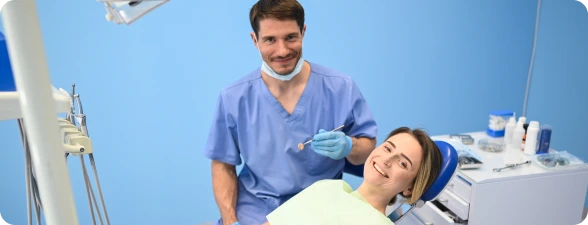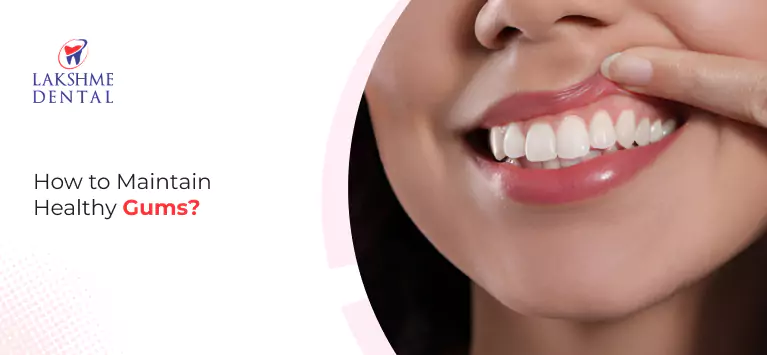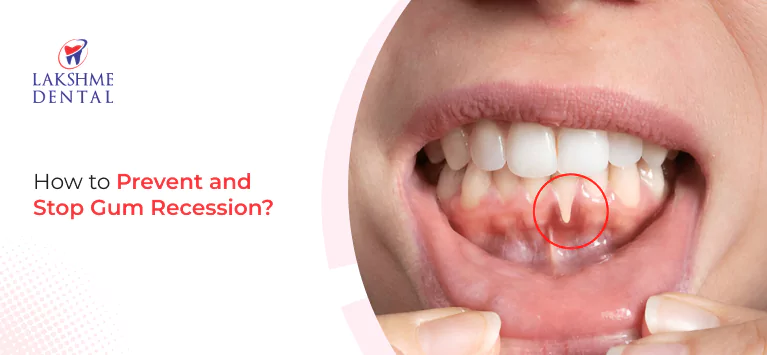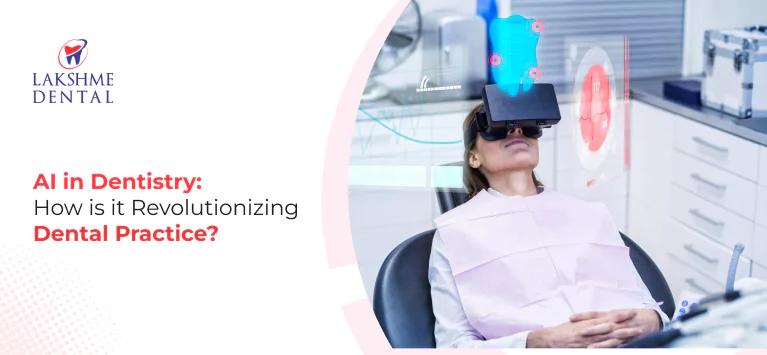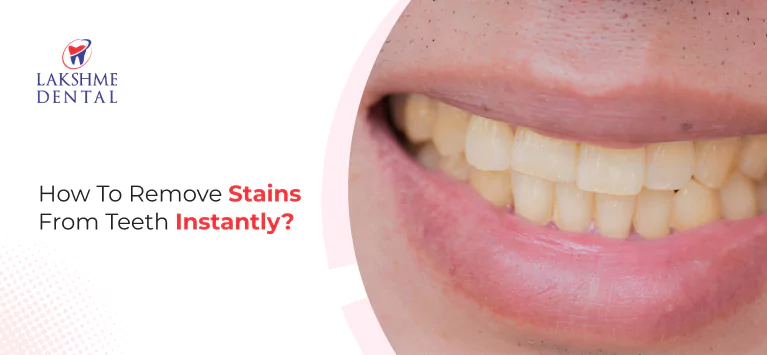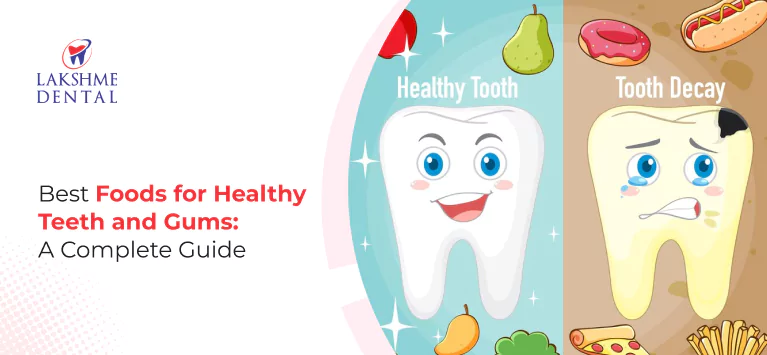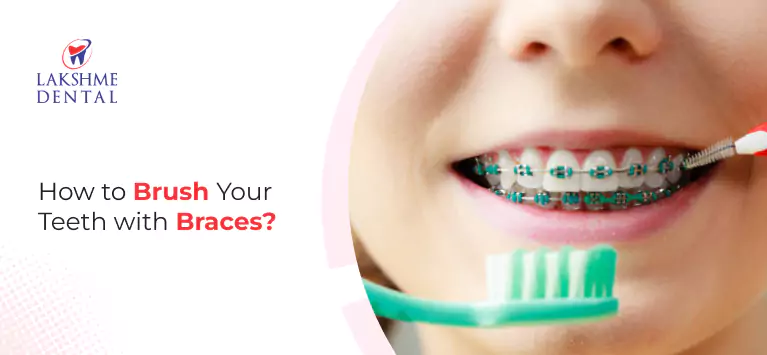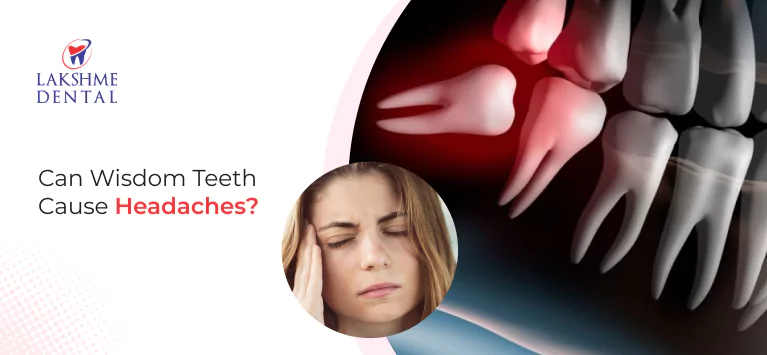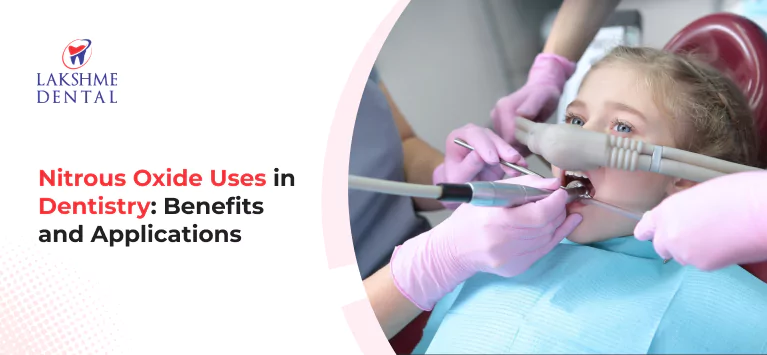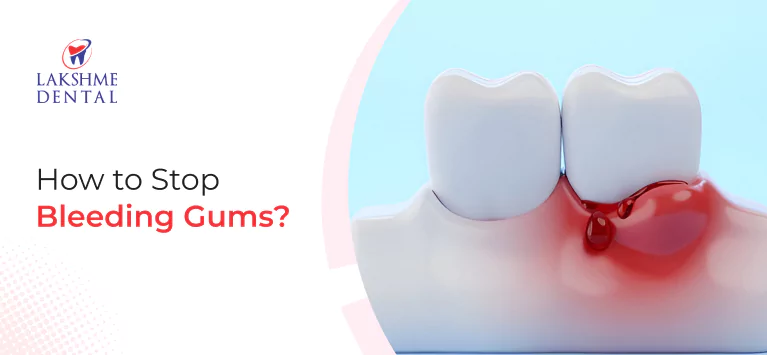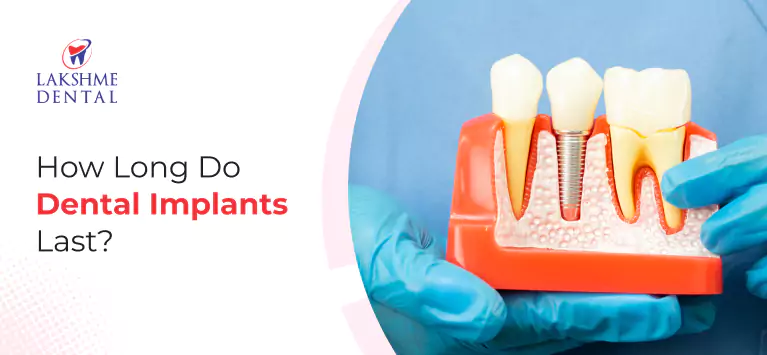Bio-mimetic dentistry is an approach focused on preserving as much of the natural tooth structure as possible. It mimics the natural biomechanics of teeth, using advanced adhesive techniques and materials that expand and contract like real enamel and dentin. This method avoids invasive procedures like crowns by opting for conservative restorations. The goal is to strengthen the tooth while maintaining its natural flexibility, appearance, and function, promoting longevity. Bio-mimetic techniques also minimize post-treatment complications such as sensitivity, fractures, or failure of dental restorations, making it a patient-friendly option for restorative dentistry.
When to Go for Bio-Mimetic Dentistry
Bio-mimetic dentistry is ideal for patients with damaged, decayed, or fractured teeth, where conservative restorations are preferred over aggressive treatments like full crowns. It’s suitable for those wanting to preserve natural tooth structure and prevent future dental issues. If you’re seeking minimally invasive solutions for cavities, worn teeth, or old fillings, bio-mimetic dentistry offers restorations that behave like natural teeth. It is also useful for preventing root canals and maintaining tooth vitality. Patients with sensitivity or those who want a longer-lasting, natural-looking restoration can benefit from this method.
Bio-Mimetic Dentistry and Braces
Bio-mimetic dentistry can complement orthodontic treatments like braces by preserving natural tooth structure during corrective procedures. It ensures that the forces applied during braces treatment do not weaken or damage the enamel and dentin. Instead of removing tooth material for reshaping, bio-mimetic techniques strengthen teeth as they move into alignment. For patients undergoing braces, bio-mimetic restorations can prevent enamel wear or damage from brackets and wires. It’s also used post-braces to restore teeth that may have suffered from minor damage or decalcification, promoting a healthy, functional, and aesthetically pleasing smile.



